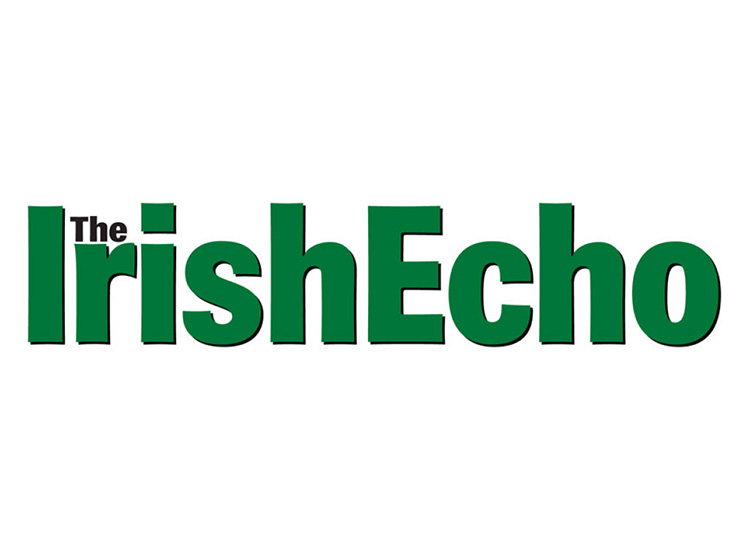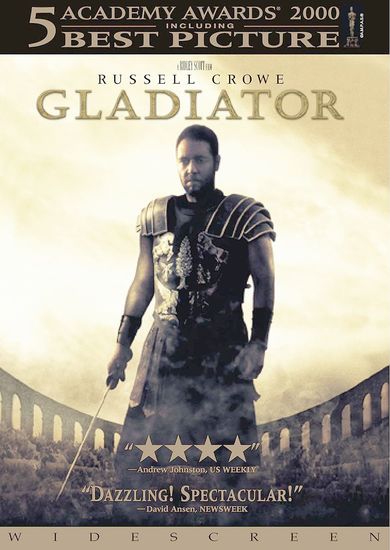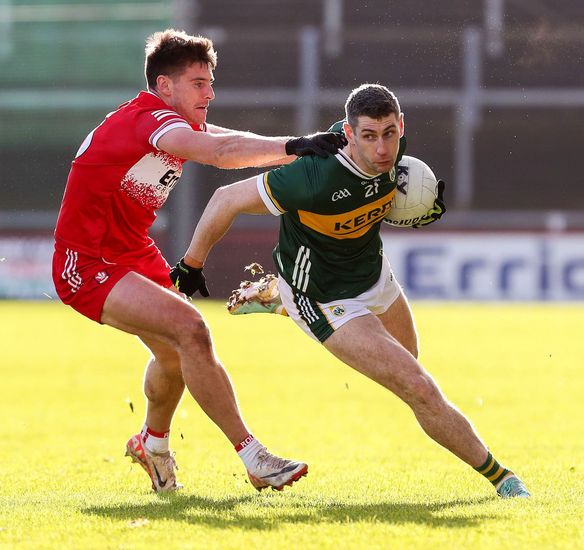It has been described as one of the most significant few days in Irish history.
Queen Elizabeth's four-day visit to Ireland last week not only passed off without major incident, but was also choc-full of symbolism that will help to heal the troubled history between the island and its neighbor, Britain.
The first of what would be a series of significant came at the Garden of Remembrance when the queen laid a wreath in memory of those who had lost their lives in the fight for Irish freedom. The symbolism increased further on Wednesday with a visit to Croke Park, the home of GAA. Although Elizabeth didn't take in a game, she met Tipperary's Lar Corbett, the three-goal hero of last year's All-Ireland hurling final.
Officials from the organization presented Prince Philip with a hurley and sliotar, which the queen's consort looked delighted to receive.
Earlier that day, the royal couple had made their way to the famous Guinness Hop Store at St James' Gate. Although they were presented with a perfect pint of the black stuff by master brewer Fergal Murray, the queen declined to take a sip. Prince Philip looked more tempted, playfully asking if it had been made with water from the River Liffey. Although he lingered longer than the queen, he finally gave in and followed his wife away from the bar.
That evening, the formal centerpiece of the visit took place in the form of a state dinner in Dublin Castle. In a well-received speech, the monarch told of "sincere and deep regret" over the centuries of conflict between Ireland and Britain.
Although she stopped short of an apology, she acknowledged the pain and suffering experienced by both nations, and made direct reference to the killing of the Duke of Edinburgh's uncle, Earl Mountbatten, by the IRA, in 1979. (see full text of speech, Page 16).
The queen opened her address in Irish, this to an audible "Wow!" from President Mary McAleese.
The queen's final day on Friday, which took in a public walkabout in the rebel county of Cork, followed history being made the day previous when a Sinn Féin politician shook her hand. On Thursday in Cashel, Coiunty Tipperary, Sinn Féin lord mayor Michael Browne shook hands and spoke with both the queen and Prince Philip.
It is understood to be the first time a British monarch has met with a member of the party. During the visit, a small protest - led by Mr. Browne's brother, Martin, was held in the town.
"I met the two of them," Mr. Browne said afterwards.
"How could you not shake hands with an 85-year-old woman? I said welcome to Cashel your majesty and I hope you enjoy your stay in County Tipperary, no more, no less."
Taoiseach Enda Kenny, meanwhile, said the visit was "a new beginning for Anglo-Irish relations."
"Ireland measured up to the highest global standards and for that we can be very proud," he said.
Julian King, the British Ambassador to Ireland, also said he was delighted by the success of the visit.
"It has gone really, really well. I think it has gone better than we had hoped. We have been touched by the warmth of the welcome everywhere.
"We had a set of events, a set of images that have gone all around the world and indeed her majesty's own words that are going to make a major contribution to the relations between Britain and Ireland."
Before leaving, the monarch also vowed to return to Ireland. As her tour culminated in a send-off at Cork Airport, the taoiseach asked her: "Your Majesty, would you like to come back again sometime?"
The queen replied: "Yes, I would very much like to do that."












